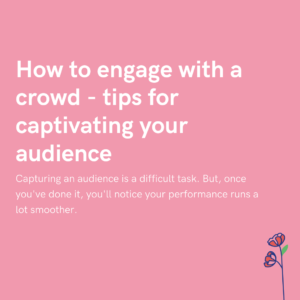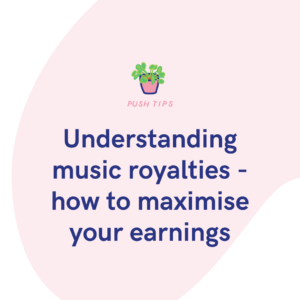User experience, also known as UX is the process of making a website, or app easy and enjoyable for those who use it. Ensuring things are running smoothly, and there’s no long buffer time.

User Experience (UX) design may sound like a complex concept, but at its core, it’s all about making things easier and more enjoyable for people who use websites, apps, or any other products. In this beginner-friendly guide, we’ll explore the basics of UX design and why it’s so important in today’s digital world.
What is user experience (UX) design?
Think about the last time you visited a website or used a mobile app. Did you find it easy to navigate and use, or did you feel frustrated and confused? User Experience (UX) design is all about creating products that provide a positive and seamless experience for the people who use them. Using your website shouldn’t cause anger.
Why is UX design important?
Imagine you’re designing a chair. You could make it look beautiful, but if it’s uncomfortable to sit on, people won’t enjoy using it. The same principle applies to digital products. No matter how visually appealing a website or app may be, if it’s difficult to use or doesn’t meet users’ needs, they’ll quickly lose interest and look for alternatives.
Key principles of UX design
User-centred design: UX design starts with understanding the needs, preferences, and behaviours of the people who will be using the product. Designers conduct research, such as interviews and usability testing, to gain insights into users’ goals and challenges.
Usability: Usability refers to how easy and intuitive it is for users to accomplish tasks within a product. UX designers focus on designing interfaces and interactions that are straightforward and efficient, minimising confusion and frustration.
Accessibility: A key aspect of UX design is ensuring that products are accessible to people of all abilities. This means considering factors such as colour contrast, keyboard navigation, and screen reader compatibility to make the product usable for everyone.
Consistency: Consistency is essential for creating a cohesive and predictable user experience. UX designers establish consistent patterns and design elements throughout the product to help users feel familiar and comfortable as they navigate different screens and features.
Feedback and iteration: UX design is an iterative process. Designers gather feedback from users and stakeholders, analyse the product and make adjustments accordingly. This cycle of improvement ensures that the product evolves to meet users’ changing needs over time.
The UX design process
The UX design process typically involves several stages, including:
Research: Gathering insights into users’ needs, behaviours, and preferences through methods such as user interviews, surveys, and competitor analysis.
Wireframing: Creating low-fidelity sketches or wireframes to outline the structure and layout of the product’s interface.
Prototyping: Building interactive prototypes that allow users to experience the product’s functionality and provide feedback before it’s fully developed.
Testing: Conducting usability testing to identify any usability issues or areas for improvement in the prototype.
Iteration: Using feedback from testing to refine and enhance the design before moving into the development phase.
User Experience (UX) design plays a crucial role in shaping the success of digital products by ensuring they are intuitive, efficient, and enjoyable to use. By focusing on principles such as; user-centred design, usability, accessibility, consistency, and continuous iteration, UX designers create products that meet the needs of users.
While also achieving business objectives. Whether you’re designing a website, mobile app, or any other digital product, keeping the principles of UX design in mind can help you create experiences that delight users and drive engagement. Remember, if a website or app would stress you out, it’s going to also frustrate your audience.






